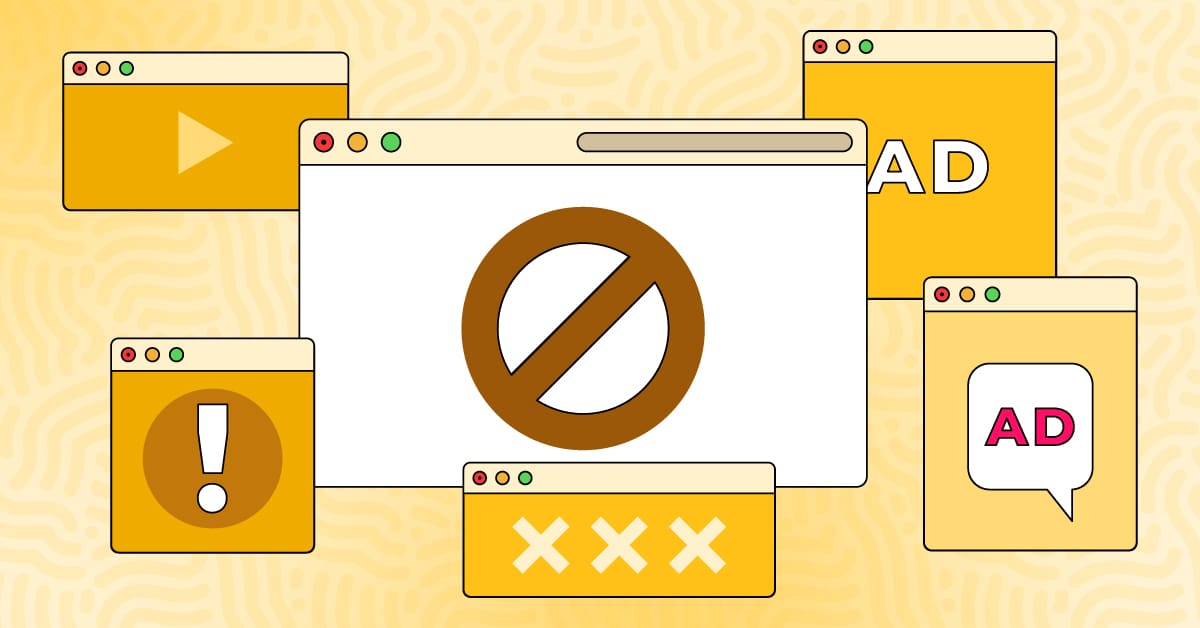
Amazon Ads on Prime Day: 5 Mistakes (and How to Avoid Them)

This article was written by Stephanie Richter. Stephanie is the CEO and co-founder of Adspert, a leading AI-driven optimization software for Amazon and other eCommerce platforms.
Amazon Prime Day is a massive opportunity for sellers to skyrocket their sales, gain brand exposure, and outpace competitors with the strategic use of Amazon Ads. But for every success story, there are countless sellers who lose out on sales due to avoidable mistakes.
We’ve outlined five such critical Amazon Prime Day mistakes tied to advertising — and how to prevent them to stay ahead of your competition.
Mistake #1: Starting your Amazon Ads too late
Imagine pouring money into Amazon Ads the day Prime Day begins, only for hardly anyone to see them. Or, worse, the clicks come in, but conversions don’t.
Launching campaigns too close to Prime Day is a sure-fire way to miss the discovery window. That’s the critical pre-event period when shoppers are researching and adding items to their wish lists. If your product isn’t on shoppers’ radars before Prime Day, it might as well be invisible once the deals drop.
But visibility isn’t the only reason to start early.
When you launch campaigns in advance, your ads begin to collect performance data. You learn what works and what doesn’t so that, when Prime Day hits, you’re able to run tested, optimized campaigns instead of guessing in real time. So, launch your Amazon Ads at least two weeks before Prime Day kicks off.
The damage:
- Your products didn’t make it to people’s wish lists, so they don’t get purchased.
- You have zero insights into your high-performing keywords.
- As a result, your ads fail to convert. You’re left with a wasted budget, missed opportunities and lost sales in the middle of one of the biggest sales events for eCommerce sellers around the world.
How to avoid this mistake:
Launch your ad campaigns at least two weeks in advance. This gives you time to:
- Embed your products in shoppers’ minds before the Prime Day sale frenzy begins.
- Collect data, test what works, and refine your bids.
- Go into Prime Day with confidence that your budget is fueling your best-performing ads.
For a step-by-step breakdown of how to prepare your ad campaigns in the weeks leading up to Prime Day, check out this Amazon Prime Day strategy guide.
Amazon reports that when brands advertise before and during Prime Day, they see a 216% jump in awareness and a 214% boost in consideration — proof that starting early pays off!
Mistake #2: Advertising products that just won’t sell
It’s tempting to use Prime Day to clear out slow inventory. But putting ad dollars behind products with poor ratings or weak sales history is like trying to save a sinking ship with a spoon. From an advertising perspective, weak products rarely convert. They simply burn your budget. Additionally, although shoppers hunt for deals on Prime Day, they still care about reviews and perceived quality. So, if your product’s performance is weak, no deal will save it on Prime Day.
Instead, invest your ad budget into products that already perform well. Focus your Amazon Ads campaigns on:
- Bestsellers
- Well-rated products (over 3.5 stars)
- Items that currently positive attention
The best part is, advertising your top performers can even boost their sales rank long after Prime Day ends (and, in some cases, trigger valuable halo sales!).
Pro Tip: Not sure which products to back? Check your order history and ad reports from the past 30 days. Your best Prime Day candidates are already proving themselves.
Prime Day amplifies winners. Invest your ad budget where the odds are already in your favor: your bestsellers.
Mistake #3: Forgetting to increase ad budgets
Picture this: Your ads are performing brilliantly. Then, they vanish halfway through Prime Day because you blew through your Amazon Ads budget.
Many sellers forget that Prime Day spans two full days, not just one, and fail to allocate funds to accommodate the increased traffic and competition.
The damage:
- When your ads run out of budget too early in the day, they’re pulled so no one sees them anymore. That means you lose valuable visibility during peak buying hours.
- Depleted ad budgets result in missed sales and wasted momentum.
- Worse, you hand over high-intent traffic to competitors who did plan their budgets right.
How to avoid this mistake:
- Double or even triple your Amazon Ads daily ad budgets for Prime Day. Don’t let the name fool you — remember, sales last for two full days!
- At least double, but better triple your normal daily budget to stay competitive.
- For example, if your usual daily ad budget is $100 per day, make it $200–$300 per day during Prime Day.
Don’t wait until Prime Day to realize your ads have gone dark. Fuel your ad campaigns early and keep them running strong when it counts.
Mistake #4: Not bidding on your own brand keywords
You’ve worked hard to build your brand recognition, but during Prime Day, all that effort is at risk.
One mistake sellers often overlook? Not bidding on their own brand name.
While you’re focused on your products, competitors can swoop in, bid on your brand keywords, and hijack traffic from shoppers who were already looking for you. It might not be obvious, but during high-traffic events like Prime Day, this can cost you real sales.
The damage:
- Competitors snatch your traffic.
- Shoppers actively looking for your brand end up buying someone else’s products instead.
- You lose not just sales, but also trust and returning customers.
How to avoid this mistake:
- Set up a dedicated defensive campaign focused on your own brand. Use Sponsored Product or Sponsored Brand campaigns to target your brand keywords (i.e., your company name, product lines and any other brand search terms)
It doesn’t have to be complicated. Every brand is different, but the core tactic is simple: Defend your brand traffic by actively bidding on it. This small move can prevent bigger losses when the competition heats up.
Mistake #5: Shutting down your Amazon Ads too soon
You nailed Prime Day … and then pulled the plug on advertising. Big mistake.
I’ve seen many sellers turn off their Amazon Ads campaigns immediately after Prime Day, assuming the rush is over. But that assumption can cost you big bucks.
The days after Prime Day often bring a second wave of buyers — people who saved products to their cart, hesitated during checkout, or missed the sale entirely.
If your ads disappear, so does your chance to convert them.
The damage:
- You miss out on the valuable post-event traffic that’s still ready to buy.
- Top-performing campaigns lose momentum and sales flatten faster than they should.
- Competitors who keep advertising scoop up the buyers you warmed up.
How to avoid this mistake:
- Keep running your best-performing campaigns well after Prime Day.
- Set up Sponsored Display ads to retarget people who viewed your products but didn’t complete the purchase.
Focus on converting those “second chance” shoppers while your products are still fresh in people’s minds. Avoiding this final mistake lets you fully capitalize on your Prime Day efforts and positions you for long-term gains.
Wrapping up — Success is as much about avoiding mistakes as making smart moves
Amazon Prime Day can be your biggest payday, but only if you sidestep the five critical mistakes outlined above and instead:
- Start advertising early.
- Promote your best-performing products.
- Back your ad campaigns with enough budget.
- Defend your brand.
- Keep your ads running after the sale ends.
Your Prime Day success is contingent on not only what you do but also what you don’t do. Audit your Prime Day strategy now to see if you’re setting your Amazon Ads up to win or accidentally leaving sales on the table.
If you’re tired of wasting budget or manually tweaking your ad campaigns, Adspert can help. The AI-powered software optimizes your Amazon Ads automatically so you spend less time improving ad performance and more time scaling.
The good news is, you still have time to turn things around. Don’t waste the biggest sales day of the year; own it.
